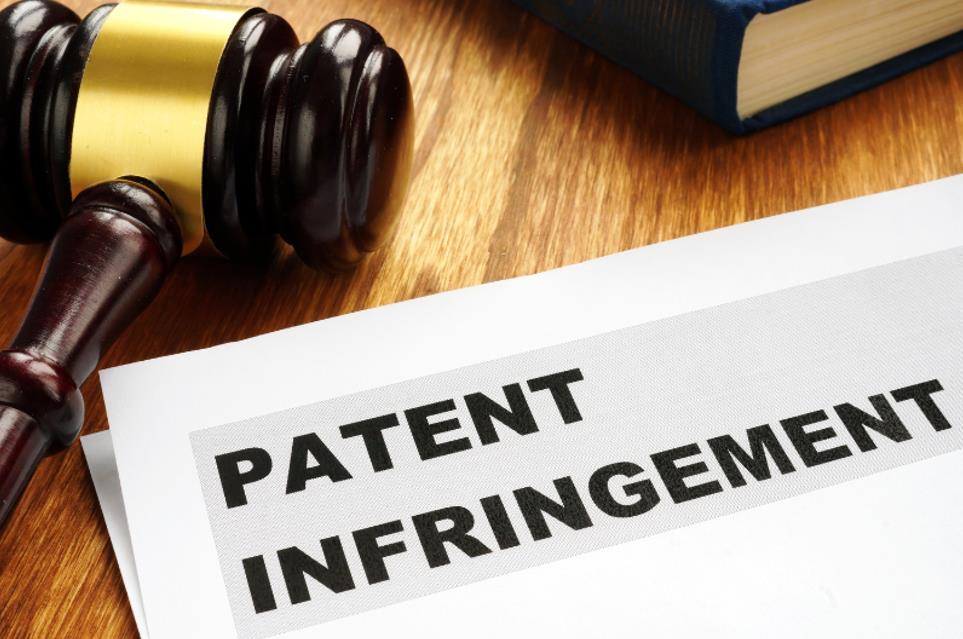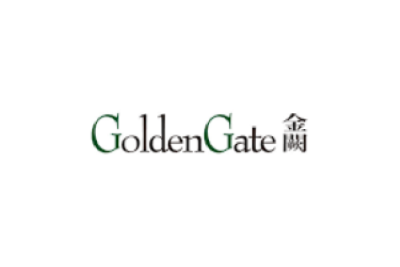Enhanced damages are a type of punitive damages that can be awarded in the case of “egregious misconduct†during the course of the patent infringement.
Legal Basis
Authorization for enhanced damages for patent infringement comes from Article 71 of the Chinese Patent Law and the Interpretation of the Supreme People’s Court on the Application of Punitive Damages in the Trial of Intellectual Property
Infringement ivil Cases.As set out in Article 71, the amount of damage for patent right infringement shall be determined on the basis of the actual losses suffered by the right holder as a result of the infringement or the profits gained by the infringer as a result of the infringement. Where it is difficult to determine the losses suffered by the right holder or the profits gained by the infringer, the amount shall be reasonably determined by reference to the multiple of the amount of the royalties for the patent license. For intentional infringement of a patent right with serious circumstances, the amount of damage may be determined by increasing 1-5 times of the base amount determined in accordance with the above-mentioned method.
In other words, enhanced damages (also known as punitive damages) may be awarded in intentional patent infringement cases when there are serious circumstances.
Award Subject to Claim by Right Holder
Punitive damages must be claimed by the right holder, and cannot be awarded without such a claim.
The right holder must generally raise or change a claim stating the base amount of punitive damages, the determination and calculation method, the multiple, and the total amount of damages before the end of the court arguments during the hearing at first instance.
When the parties have agreed to settle their patent infringement dispute by arbitration and the competent arbitration authorities have rendered an arbitral award therefor, the right holder cannot generally bring a lawsuit in respect of punitive damages for the same infringement, unless the said award has been revoked, or ruled unenforceable, in accordance with the relevant laws.
Determination of Intention
When determining whether the infringement is intentional or not, factors such as the status of the patent right, the popularity of the corresponding products, and the relationship between the defendant and the plaintiff or interested parties may be taken into consideration. For example, the following may lead to the infringement being deemed to be intentional:
– the infringement continuing after the defendant has been notified or warned of it by the plaintiff or an interested party;
– the defendant or its legal representative or manager being the legal representative, manager, or actual controller of the plaintiff or an interested party;
– the defendant having a labor, service, cooperation, licensing, distribution, agency, representative or other relationship with the plaintiff or an interested party, and having had contact with the infringed patent rights;
– the defendant having had business dealings or negotiations with the plaintiff or an interested party to reach a contract, and having had contact with the infringed patent rights; or
– the infringer still implementing or using patents that have been invalidated in accordance with the relevant laws because of their improper acquisition, which has been deemed as an infringement.
Determination of Serious Circumstances
When determining whether or not the infringement is serious, such factors as the means, frequency, scale, duration and geographical scope of the infringement, as well as the reaction of the infringer during the infringement lawsuit or administrative investigation, may be taken into consideration. When the infringement has had serious consequences, this may be deemed to constitute serious circumstances. For example, the following may be deemed to be serious:
– the same infringer re-committing or continuing an infringement that has been determined to be an infringement by an administrative penalty, an administrative decision, a settlement agreement reached voluntarily by the relevant parties, an effective judgment, a conciliation statement, or an arbitral award;
– long-lasting and large-scale infringement;
– serious losses to the goodwill of the right holder;
– failure to comply with a behavior preservation order without justifiable reasons;
– operating mainly by infringement of patents;
– falsifying, destroying, or concealing evidence of infringement;
– the infringer’s obstruction of an investigation by competent public officers through illegal or improper methods such as violence or coercion; and/or
– an infringer re-committing or continuing the same infringement by setting up a new company, changing the name of the company, replacing the legal representative, making use of an affiliate, or similar.
Determination of the Base Amount
The total amount of damages is the sum of the base amount and the product of the base amount and its multiple. The reasonable costs and expenses incurred by the right holder for stopping the infringement are calculated separately.
The following may be adopted to determine the base amount: (1) the actual losses suffered by the right holder as a result of the infringement; (2) the profits gained by the infringer from the infringement; or (3) the royalty fee or a reasonable multiple of the license fee.
Determination of the Multiple
The multiple determined for the punitive damages is proportionate to the infringer’s intention to infringe and to the seriousness of the circumstances of the infringement.
In addition to determining the intention and the seriousness of the circumstances as set out above, the following shall also be taken into consideration when determining the multiple for the punitive damages:
– seriousness of intention;
– duration of infringement;
– the number of infringed patents;
– damages caused by the infringement to the industry;
– whether the infringer has repeatedly carried out the infringement of patents;
– whether the infringer has brought evidence proving the profits from his infringement in good faith;
– the type of patent involved;
– the innovation level of the patent;
– whether the patent has been deemed to be a high-value patent by the patent administrative authorities under the State Council;
– whether the patent technology is classified as key or core technology, or falls within the focus areas or is an emerging industry, or is recognized as high technology supported by the government;
– the remaining period of validity of the patent;
– the number of patents in the infringing products; and/or
– whether the infringer has undertaken the liability for damages due to infringement of the same patent and, if any, the specific circumstances thereof.



